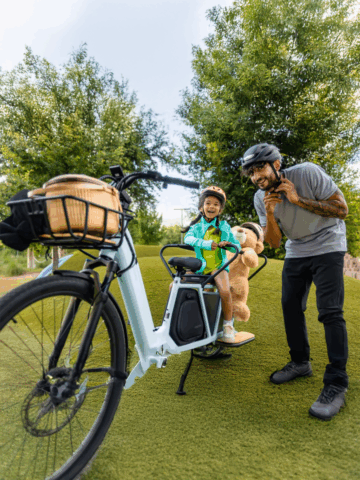Motor vehicle crashes are the leading cause of death for teenagers. Here’s some tips on how to keep your teen safe, whether they’re the driver or a passenger.
As a driver
- Wear your seat belt and insist that passengers also wear theirs.
- In California, a peace officer has the right to give a driver a ticket if their passenger is not buckled up.
- Crash risk is particularly high during the first year that teenagers are eligible to drive.
- New drivers have elevated crash risks, especially for teens younger than 18. Young drivers are at greater risk for injury and death because they lack judgment that comes with maturity and skill that comes with practice.
- It is ok to tell passengers, “Please do not distract me while I’m driving.” Research shows that a teen’s risk of being involved in a crash increases greatly with each peer passenger in the car.
- Pull over to use your cell phone or have your passenger answer it instead.
As a passenger
- Always wear your seat belt. As children get older, studies show their seat belt use rates tend to decline. Parents tend to overestimate their teen’s seat belt use rate.
- Respect your driver. Be helpful by reading directions, avoid talking loudly, or playing loud music.
- It is ok to refuse to get in a car if you think it is an unsafe situation. Develop a code word. Calling or texting your parent with a previously agreed-upon code word that signals trouble can help teens get out of an unsafe situation.
As a parent
- Get involved! Involved parents who set rules and monitor their teens’ driving behavior in a supportive way can lower their teens’ crash risk by half.
- Know the law. Many youngsters are eager to know when they can get a driver’s license. In California, they must be at least 16 years old to be eligible for a provisional driver’s license. There are special restrictions and requirements for drivers under 18. For more information, visit dmv.ca.gov
- Be a good role model. Follow the rules of the road, do not talk or text on your phone while driving. Make sure you are not speeding or tailgating.
- Create a Passenger Agreement with your teen. By setting clear expectations, a Passenger Agreement can help reinforce key behaviors that keep teens safe as passengers now and as drivers later.
For more information
Please call CHOC’s Community Education at (714) 509-8887 to speak with a Certified Child Passenger Safety Technician to discuss more about car safety for children.When an accident happens, CHOC is ready with the only pediatric-dedicated emergency department and trauma center in Orange County. For more important tips to prevent injuries in children and teens, visit choc.org/safety




